The Panda bear is a large mammal native to central China. These bears are also known as giant pandas, or simply pandas. Though they famously dine on bamboo, pandas are bears, and scientists still classify them as carnivores. While they will occasionally feed on eggs, rodents, or birds, over 99% of this bear’s diet comes from bamboo plants. Read on to learn about the panda bear.
Description of the Panda Bear
Pandas are probably the most easily recognized bear in the world. Their fur is starkly contrasting patches of black and white, with black ears and black eye patches. Their legs, shoulders, and tail are also black, and the rest of their body is white.
Pandas, like most bears, have short tails, measuring between 4 and 6 inches long. They are moderately large bears, and males can weigh up to 350 lbs. or more. However, most pandas average between 220 and 254 pounds or so.
Interesting Facts About the Panda Bear
These bears are possibly the most famous icons for endangered species. Despite this, most people have very limited basic information of pandas past “eats bamboo.”
- Six Toes – Panda bear paws have five fingers, plus a “thumb.” However, this thumb is actually not a digit at all, but a modified bone. The bears use this fake thumb to grip bamboo while they eat.
- Bamboo – Everyone knows that pandas eat bamboo. In fact, in a single day, a panda can eat between 20 and 30 pounds. of bamboo! Though they will sometimes feed on small mammals and other protein sources, 99% of their diet consists of bamboo. However, these bears are not built for an herbivorous lifestyle.
- Bad Diet – In fact, pandas have the digestive system of a carnivore, and cannot properly digest bamboo. Their main diet does not provide them with very much energy or protein. The only reason that they can digest the bamboo in the first place is because they have special bacteria in their digestive system.
- Baby Pandas – Unfortunately, pandas are not born with these beneficial bacteria in their stomachs and intestines. This means that they must acquire bacteria as they grow. Their mother’s feces contain all the microbes necessary to begin this process. While eating poop might seem gross, it is immensely important for the survival of the youngster.
Habitat of the Panda Bear
Pandas must live in habitats with plenty of bamboo forest to feed from. In addition to high volumes of bamboo, they must also have more than one species of bamboo to survive.
In their natural range, most bears live in mountainous regions or valleys. They will also move to various habitats to follow the growth of bamboo shoots, because leaves are much more nutritious, and grow at different altitudes in different seasons.
Distribution of the Panda Bear
In the wild, humans have restricted pandas to a few tiny ranges of habitat. There are populations across a few mountain ranges in central China, but these populations are fragmented. This means that they are far enough apart to prevent breeding between two populations, resulting in lower genetic diversity and increased inbreeding.
Most pandas reside in the Sichuan, Shaanxi, and Gansu Mountains. Historically, they also inhabited the surrounding lowland areas, but habitat loss has driven them out of these areas.
Diet of the Panda Bear
Unlike other bears, and other animals in the taxonomic order Carnivora, pandas are primarily herbivores. The vast majority of their diet consists of bamboo. Because it is so low in nutritional value, they must eat lots of bamboo to avoid starvation.
They will feed on 25 different species of bamboo, and prefer to eat leaves rather than stems. Pandas do, however, feed on fish, meat, or eggs when they are easily accessible.
Panda Bear and Human Interaction
The primary dangers to panda survival are habitat loss, poaching, and fragmented populations. Hunting of these bears has occurred for hundreds of years, primarily because their fur is so soft and strikingly colored.
As human populations increased, people began to develop more and more land. This reduced the usable habitat for pandas, causing additional decline. Conservation efforts were poorly conducted until the 1990s, and to this day pandas are still threatened with extinction. The IUCN Red List classifies pandas as Vulnerable.
Domestication
Humans have not domesticated pandas in any way.
Does the Panda Bear Make a Good Pet
No, pandas do not make good pets. Even though they are herbivores, they still have carnivore teeth and carnivore jaws. If angered, they could easily injure or kill. Additionally, it is highly illegal to own a panda as a pet.
Panda Bear Care
Panda care in zoos has been perfected since the 1950s and earlier. Breeding programs, both within China and in zoos across the world, are essential for the survival of the species. These bears have very low birth rates, and only raise a single cub in the wild, even if twins are born. In zoos, zookeepers can swap out the cubs, or hand rear them, so that both have a chance at survival and future reproduction.
In their day-to-day lives, pandas are slow moving and somewhat lazy. Their diet is very low in nutrition, and their behavior reflects this. Because of this, they do not need excessively large enclosures, but still receive environmental enrichment to keep them mentally stimulated.
Behavior of the Panda Bear
Pandas are lethargic creatures. They do not consume foods that provide high levels of energy, and because of this, are not particularly active. They wander in search of choice bamboo, and will avoid areas where they have to climb steep slopes or burn energy. These bears are solitary, and will maintain a territory to secure the best feeding places. Neither males, nor females, will tolerate other pandas in their territory.
Reproduction of the Panda Bear
Most panda bears only breed once every two years. Females will only begin to reproduce once they reach the age of four, but sometimes will not produce a cub until they are eight years old. Gestation periods range individually, and can last anywhere from three to five months or more.
They sometimes give birth to twins, but only one cub will survive. The surviving cub will not begin to eat bamboo until it is six months old, and will not be fully weaned until it is a year old. It will remain with its mother for up to two years before striking out on its own.
Beliefs, Superstitions, and Phobias About the Panda Bear
Pandas have been an important part of Chinese culture for centuries. These bears were always regarded as noble creatures, and were even given to other countries as peace offerings. A number of different emperors and empresses have had pandas as pets, or held them in private zoos. One empress even requested a burial with a panda skull!



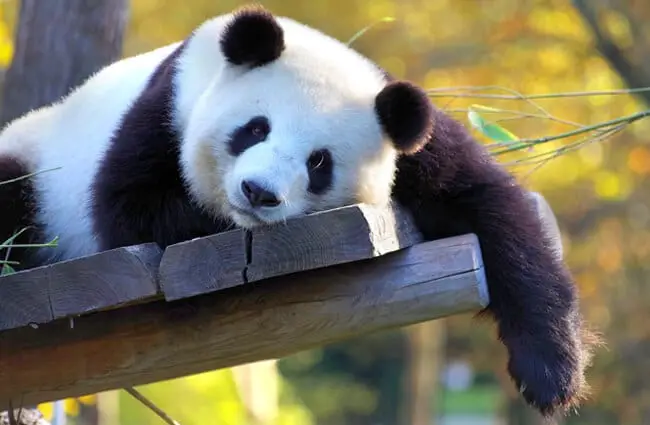
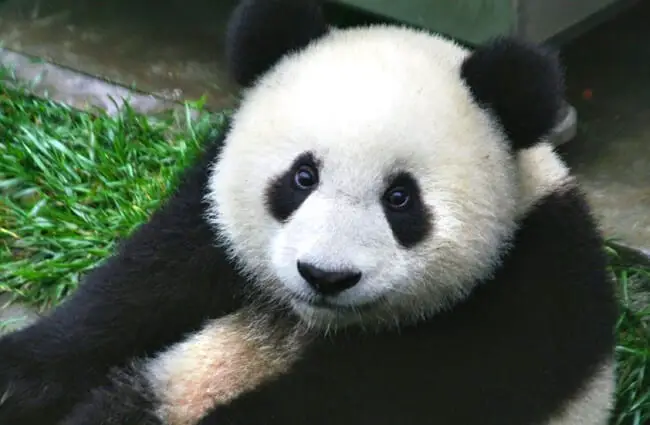


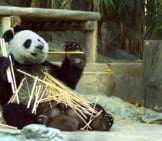
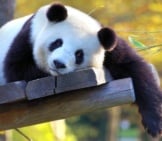
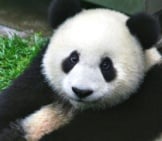
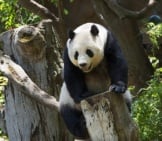
![Red Angus Closeup of a beautiful Red Angus cowPhoto by: U.S. Department of Agriculture [pubic domain]https://creativecommons.org/licenses/by/2.0/](https://animals.net/wp-content/uploads/2020/03/Red-Angus-4-238x178.jpg)












![Red Angus Closeup of a beautiful Red Angus cowPhoto by: U.S. Department of Agriculture [pubic domain]https://creativecommons.org/licenses/by/2.0/](https://animals.net/wp-content/uploads/2020/03/Red-Angus-4-100x75.jpg)

